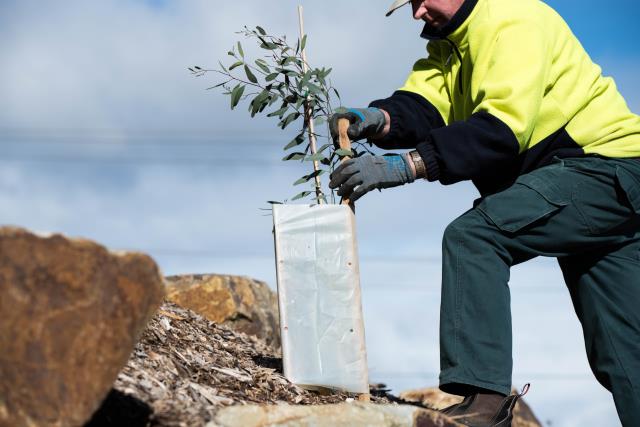
By Callum Ludwig
Yarra Ranges Council unanimously approved the future adoption of the draft Yarra Ranges Nature Plan following a period of community consultation at the Tuesday 12 December Council meeting.
With over 130 submissions received on the draft plan, new actions, reprioritisation of plans, efforts to improve accountability and increased financial investment have now been incorporated into the plan.
Lyster Ward Councillor Johanna Skelton spoke to the motion and said it is very exciting to have some very extensive goals and a real outline of what the community can expect in the realm of nature.
“I don’t think you’d find anyone in the Yarra Ranges who didn’t value our natural environment and, however scientifically or not they might refer to it, the biodiversity realm, they know that’s what makes this area special to live in,” she said.
“If you visit here or live here, you’ll see how much we care for country and I think the way that we do that this plan is really the pivotal piece in that puzzle.”
2 per cent of the land mass of the Yarra Ranges is owned by Council (including 550 hectares of reserves and 403km of roadside) with 30 per cent in private ownership and 68 per cent Crown land. A large portion of the Council’s role in biodiversity management and conservation will be in advocacy to the State and Federal Government.
Streeton Ward Councillor Andrew Fullagar seconded the motion and said to hope Council can push the Federal and State governments to contribute more.
“It’s so very important to move on this tonight, the plan itself revolves around the four key themes being landscape and ecosystems, land use and changing climate, people and nature and pest plants and animals,” he said.
“It’s around 19 and a half million over 10 years and that’s not an insubstantial sum, it’s around 13 million committed from Council, about 1.3 million a year and we spend more on fixing footpaths each year than we do on our whole environment overall, so it’s not a huge commitment in my view.”
In the draft Nature Plan, the council initially outlined an investment of $15.8 million.
Following the Federal Government’s decision to adopt a Global Biodiversity Framework at the United Nations Biodiversity Conference (COP15) in 2022, a goal was set to protect 30 per cent of our land and 30 per cent of our oceans by 2030, equivalent to 60 million hectares.
Billanook Ward Councillor Tim Heenan said for a very long time humans have gone about destroying biodiversity in many of the areas around the world and a lot of them aren’t coming back.
“The actions that we have in the nature plan, particularly 1.2 to develop a prioritization matrix to identify biodiversity and 1.6 to support the restoration of the waterway corridors, billabongs and habitat are very, very important, as are all the others,” he said.
“Overall, what we need to do as a council is we need to concentrate more on protecting, understanding and educating our public on our unique environment.”






